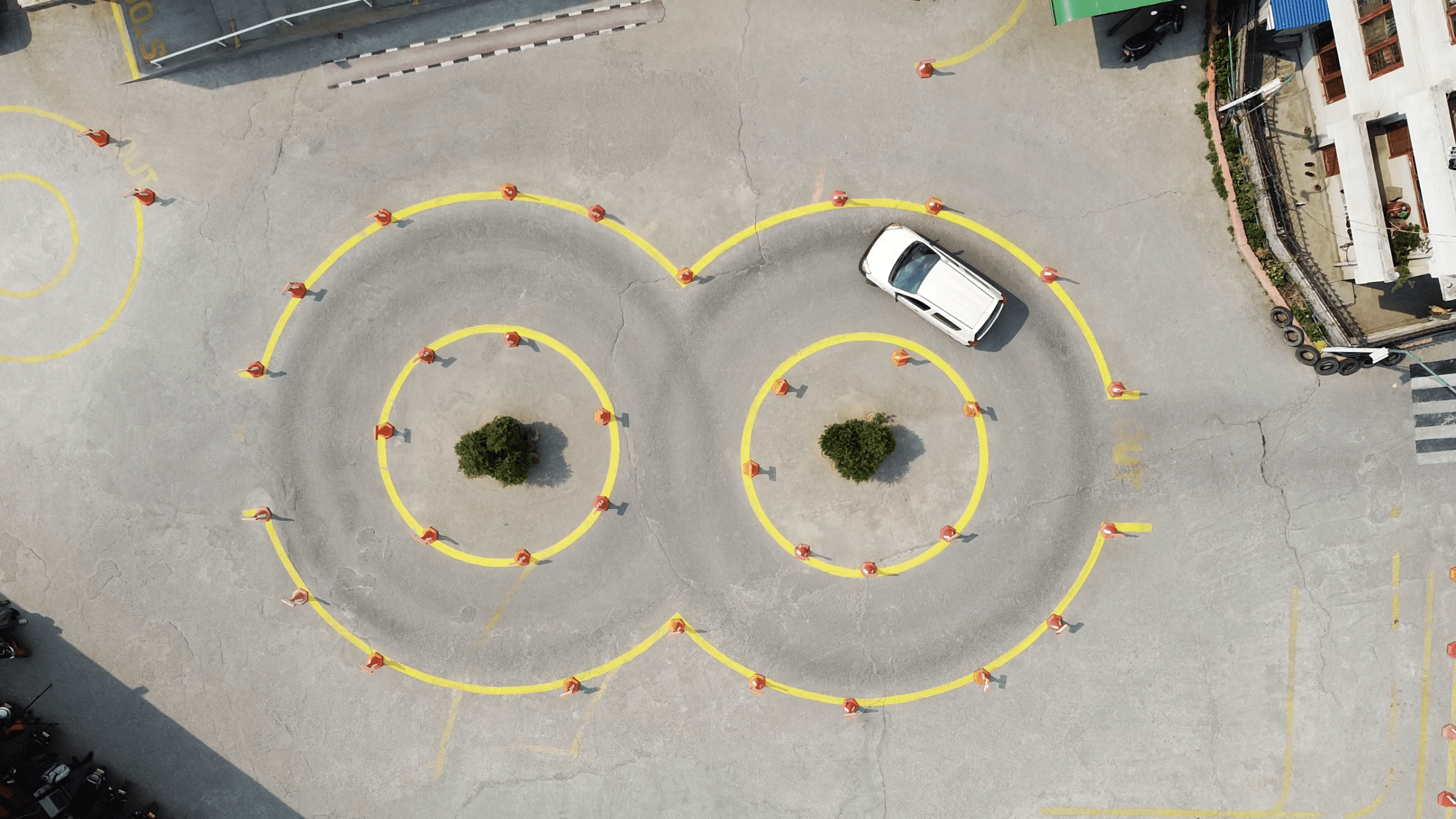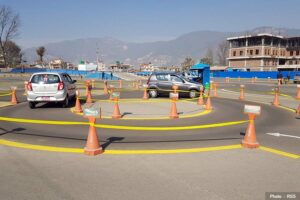
Download Nepali Driving License Written Exam for Motorcycle (Bike License Likhit Exam Model Questions)
Download Nepali Driving License Written Exam for Scooter (Scooter License Likhit Exam Model Questions)
Download Nepali Driving License Written Exam For Car (Car License Likhit Exam Model Questions)
Download Nepali Driving License Written Exam for Jeep/ Van (Jeep Van License Likhit Exam Model Questions )
Download Nepali Driving License Written Exam (Class A and K) (Class A and K License Likhit Exam Model Questions)
Download Nepali Driving License Written Exam of Class B (Class B License Likhit Exam Model Questions)

Obtaining a driver’s license is a significant milestone in one’s life, symbolizing freedom and independence. In Nepal, like in many countries, acquiring a driver’s license involves passing a written examination to demonstrate knowledge of traffic rules, road signs, and safe driving practices. This article aims to shed light on the Nepali Driver’s Licence Written Exam questions, offering aspiring drivers valuable insights and guidance for successful preparation.
- Traffic Rules and Regulations: The written exam in Nepal focuses heavily on traffic rules and regulations to ensure drivers understand and comply with the law. Questions may cover various aspects such as right-of-way, speed limits, overtaking, parking regulations, and the proper use of indicators. Aspiring drivers should familiarize themselves with the provisions outlined in the Motor Vehicles and Transport Management Act to answer questions accurately.
- Road Signs and Symbols: Recognizing and understanding road signs and symbols is crucial for safe driving. The written exam includes questions related to the meaning of different signs, their colors, and the actions drivers should take upon encountering them. These questions may cover warning signs, regulatory signs, information signs, and more. Aspirants should study the Nepali Traffic Sign Manual and be able to identify and interpret the various signs accurately.
- Vehicle Knowledge: A comprehensive understanding of vehicle components, controls, and maintenance is essential for any driver. The exam may include questions about basic vehicle mechanics, such as identifying important parts and their functions. It is also crucial to know how to perform routine maintenance tasks like checking tire pressure, fluid levels, and ensuring proper functioning of lights, brakes, and wipers.
- First Aid and Emergency Procedures: Safe driving involves being prepared for emergencies and knowing how to respond effectively. The written exam may include questions related to basic first aid techniques, such as providing CPR, controlling bleeding, and dealing with common injuries. Additionally, understanding how to respond to accidents, fires, and breakdowns is crucial for the safety of oneself and others on the road.
- Road Safety and Defensive Driving: Promoting road safety and developing defensive driving skills is a key objective of the written exam. Aspiring drivers should be familiar with concepts such as maintaining a safe following distance, anticipating and avoiding potential hazards, and understanding the dangers of distracted driving and driving under the influence. Questions in this area may also cover the importance of seat belts, child restraints, and motorcycle helmet usage.
- Environmental and Sustainable Driving Practices: With increasing concerns about the environment, the written exam may include questions about eco-friendly driving practices. Aspiring drivers should have knowledge of fuel-efficient driving techniques, reducing vehicle emissions, and the benefits of carpooling or using public transportation. Understanding the impact of individual driving habits on the environment is vital for responsible and sustainable driving.
The Nepali Driver’s Licence Written Exam evaluates aspiring drivers’ knowledge and understanding of traffic rules, road signs, and safe driving practices. To succeed in the exam, candidates should familiarize themselves with the provisions of the Motor Vehicles and Transport Management Act, study the Nepali Traffic Sign Manual, and acquire a comprehensive understanding of vehicle components, first aid procedures, and defensive driving practices. By mastering these topics, aspiring drivers will be better equipped to navigate the roads responsibly and contribute to a safer and more sustainable driving culture in Nepal.



